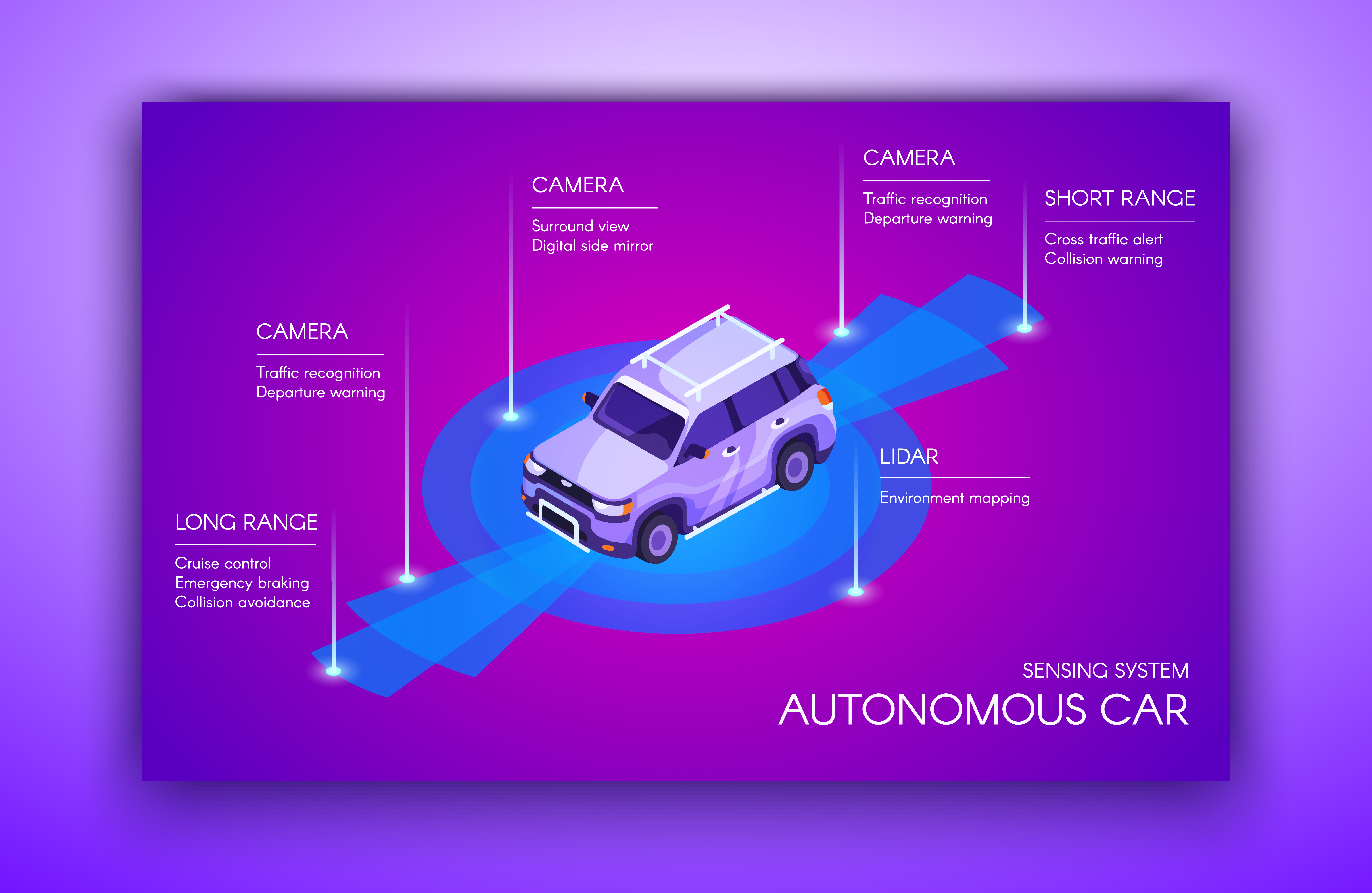This article was published as a part of the Data Science Blogathon.
Introduction
Artificial Intelligence, Machine Learning and Data Science have been ruling the tech buzzword dictionary for the past couple few years. Whether movies depicting the threat of an algorithmic takeover or self-driving cars gradually taking over roads – Machine Learning has seeped into every sphere. When we speak of self-driving cars and machines simulating the human mind – it can all be made possible with Reinforcement Learning. In this article, we will explore what RL is, its applications, its challenges and the future it awaits.
.jpg)
What is Reinforcement Learning (RL)?
Reinforcement Learning (RL) is a subdomain of Machine Learning wherein an agent learns by interacting with the environment. While in other Machine/Deep Learning techniques, our models learn solely on the grounds of the data fed to them, RL makes it possible for our model (usually referred to as ‘agent’) to learn continually from experience. If the agent performs a desirable action, it is rewarded; likewise, for an undesirable one, it is penalized. This classifies our reinforcements into two categories-
- Positive Reinforcement: Whenever our model performs an advantageous action, positive behaviour is added to the model, making the action more likely to be repeated.
- Negative Reinforcement: Whenever our model performs an uncalled for action, positive behaviour is added to the model, making the action less likely to be repeated.
Reinforcement Learning
Thus, simply put, Reinforcement Learning closely mimics human learning patterns – observation, trial and error.
For example, let us consider a game of chess. Our agent begins to play the game with an absolute trial and error approach. Every time it wins, it is rewarded, and when it loses, it is accordingly penalized. Gradually, the agent learns how to play and win a chess game. This is of the most classic exemplifications of Reinforcement Learning.
We can thus conclude that RL is a way that enables AI systems to learn on their own by perceiving the environment without having to feed them with a massive amount of labelled data.
Applications of Reinforcement Learning
Now that we are familiar with the concept of Reinforcement Learning, let’s look into some of its applications:
- Autonomous/Self-Driving Cars
- Automatic Traffic Light Control System
- Robotic Surgeons
- NLP Applications such as text summarization, question-answering systems, etc.
- Customized Recommendation Systems

Challenges in Reinforcement Learning
Although Reinforcement Learning has appeared as a new touchstone in the Machine Learning arena and has been the centre of attention for researchers, it happens to face specific challenges that are enlisted below:
1. Large Datasets: Since Reinforcement Learning Models are complex, they need massive datasets to make better decisions.
2. Environment Dependency: As we know that the Reinforcement Learning Models learn based on the agent’s interactions with the environment – it causes hindrance in the training of the model; the agent learns based on the current state of the environment, and for a constantly changing environment, it becomes difficult for the agent to get trained.
3. Design of Reward Structure: For any real worlds use case of RL, one needs to analyze the problem statement and devise an appropriate structure as to when the model should be awarded and when should it be penalized. This remains another problem that the researchers are constantly in the face of.
Scope of RL
Given its extensive applications, one can quite presciently say that Reinforcement Learning stares into a bright future. Unlike other Machine Learning methods, RL does not require labelled datasets and makes real-life decisions based on a reward system – mimicking the human behaviour to the closest. It serves as an impeccable resolve for situations when the target our problem statement is trying to accomplish is clear, but the way of getting there is not. Though, as of now, in 2022, the real-world applications of RL are limited and are not in constant circulation in our daily lives, With the tenacious and committed researchers constantly digging deep into the field of RL, we’ll surely break through all the challenges and resistance the current studies face and revolutionize the Artificial Intelligence sphere.
Conclusion
This article was an introduction to the concepts of reinforcement learning. Let us quickly recap the key takeaways:
– RL involves an agent that interacts with the external environment and learns with every action.
– For every favourable action, the agent is rewarded positively; correspondingly, for every unfavourable one, the agent is penalized.
– There are a multitude of RL-based applications ranging from Self-Driving Cars to automatic recommendation systems.
– Lack of large datasets, environment dependency of the agent’s learning and appropriate design of the reward structure for the agent – are some of the most considerable challenges in Reinforcement Learning.
However, despite all challenges, we can see gradual improvements which project the fact that the future for Reinforcement Learning is a bright one.
The media shown in this article is not owned by Analytics Vidhya and is used at the Author’s discretion.





